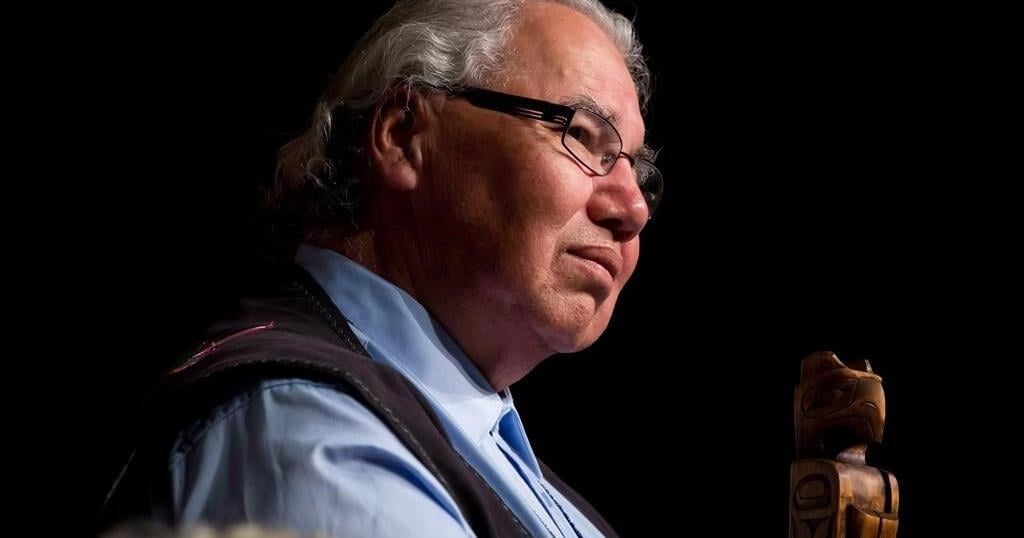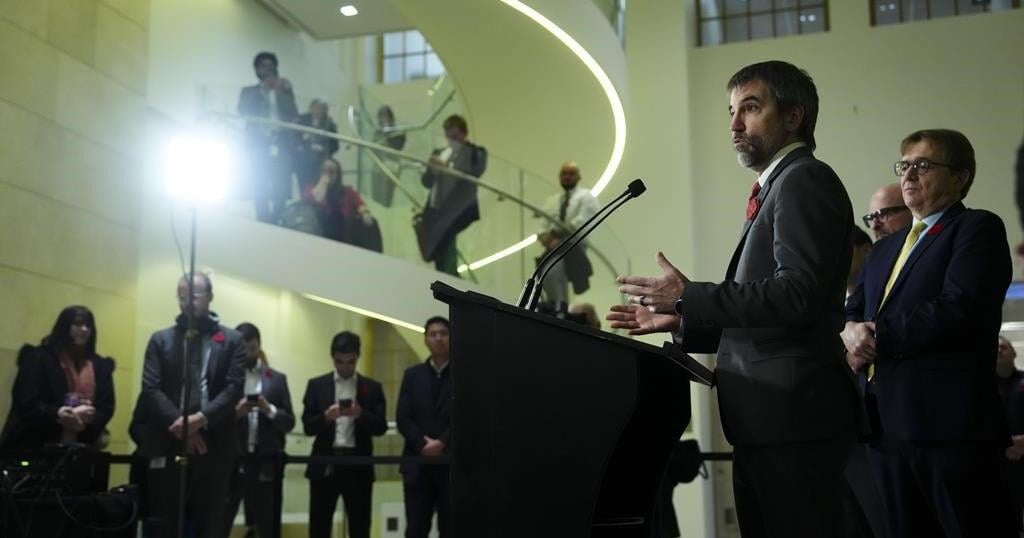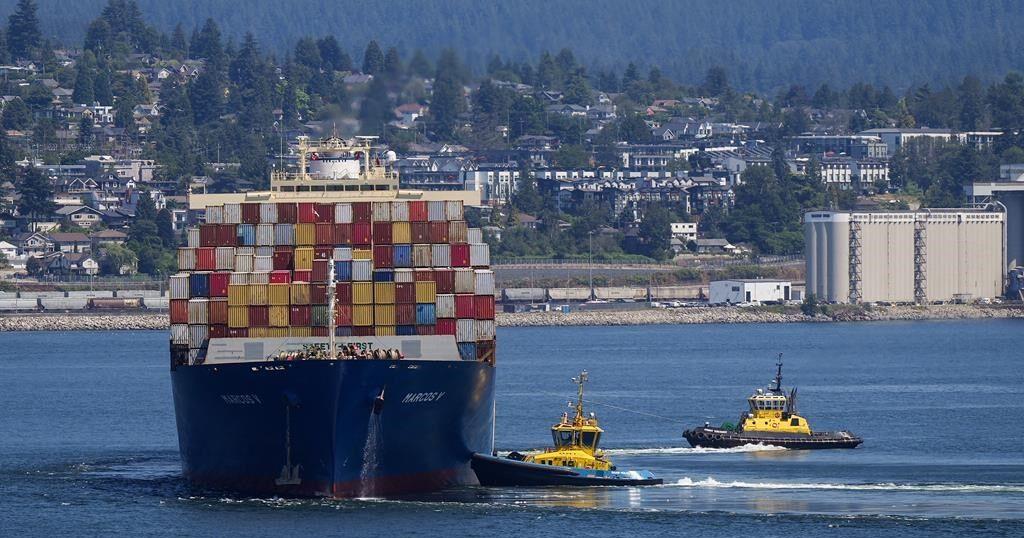OTTAWA – Oil and gas producers in Canada will be required to cut greenhouse gas emissions by about one-third over the next eight years under new regulations published Monday.
The government is also going to establish a cap-and-trade system that Environment Minister Steven Guilbeault said will reward lower-emitting producers and incentivize higher-polluting ones to do more.
The regulations, which are still only in draft form and about two years behind schedule, were met with dismay from industry leaders and are further straining relations between Ottawa and the Alberta government.
Alberta Premier Danielle Smith called the measures “unrealistic targets” and said her government would act quickly to challenge the regulations in court. She accused Guilbeault of having a vendetta against Alberta.
For the Liberals, the regulations fulfil a 2021 election promise to force the energy sector to pull its weight in the fight against climate change.
“We’re asking the oil and gas sector to invest their record profits into pollution-cutting projects. Projects that can create and keep good jobs,” Guilbeault said at a press conference in Ottawa.
He said the oil and gas industry is a major source of emissions, but it has done less than most other sectors to reduce them.
“I think most Canadians — even those that aren’t my biggest fans — would agree that it’s not OK for a sector to not be doing its share, and that’s mostly what this regulation is about,” Guilbeault told The Canadian Press in an interview ahead of the announcement.
Upstream oil and gas operations, including production and refining, contributed about 31 per cent of Canada’s total emissions in 2022.
The regulations propose to force upstream oil and gas operations to reduce emissions to 35 per cent less than they were in 2019, by sometime between 2030 and 2032.
Emissions from the sector already fell seven per cent between 2019 and 2022 — the most recent year that statistics are available — with similar levels of production.
The cap does not dictate what companies must do to meet the target, but Guilbeault said the government’s modelling suggests about half the cuts will come from reductions to methane. Those cuts are already happening as oil producers install equipment to prevent the leaks of methane that were a major contributing source of emissions.
The rest will be divided between various technologies, including carbon capture and storage. Ottawa is expected to spend about $12.5 billion on a tax credit to encourage and assist companies to invest in those systems that trap carbon dioxide and return it to underground storage.
Under the proposed cap-and-trade system, each company will be given an emissions allowance equating to one unit per tonne of carbon pollution.
Companies that pollute less will be able to sell their leftover allowance units for profit, while companies that don’t reduce their emissions enough will have to buy allowance units from other companies to stay in compliance.
The idea is to get companies to invest in carbon-reduction technologies in order to curb their emissions without having to reduce their production.
But Monday’s announcement was met with skepticism from industry stakeholders who warned such a measure would harm the sector.
The Canadian Association of Petroleum Producers — which represents companies responsible for three-quarters of Canada’s annual oil and natural gas production — said the proposed changes would deter investment and negatively impact jobs in the sector.
“Our members believe the draft emissions cap regulations, if implemented, are likely to deter investment into Canadian oil and natural gas projects,” said the association’s president Lisa Baiton.
“The result would be lower production, lower exports, fewer jobs, lower GDP, and less revenues to governments to fund critical infrastructure and social programs on which Canadians rely.”
Natural Resources Minister Jonathan Wilkinson said the government’s modelling shows the plan is both feasible to hit emission targets, and viable for the sector.
“When we brought in the initial methane regulations, the industry also said ‘This isn’t very good’ and what it did was it actually created a lot of jobs in technology development and deployment,” Wilkinson told The Canadian Press.
“Alberta now exports that technology to other countries around the world that are following in Alberta’s footsteps.”
Guilbeault said federal modelling shows even with the regulations, oil and gas production will rise 16 per cent by 2032, compared with 2019. He said the government landed on the cap’s amount based on extensive discussions about what was possible to regulate without forcing down production.
He also said reducing emissions from Canada’s oilpatch is the only way Canadian oil will remain competitive in a world that is increasingly looking for the greenest option available.
“In a carbon-constrained world, people who will still be demanding oil will be demanding low-emitting oil,” he said. “And if our companies and our oil and gas sector isn’t making the investments necessary to do that, they won’t be able to compete in this world.”
Conservative Leader Pierre Poilievre has vowed to scrap the emissions cap regulations. In a statement Monday, the Conservative Party said the measures would “raise the cost of energy and send billions of dollars to dictators overseas.”
Senior government staff, however, emphasized oil prices are subject to global markets and insisted the measures will increase the demand for Canadian oil as markets seek cleaner products.
The regulations won’t be finalized for months and are expected to come into force in 2026 — after the next federal election.
This report by The Canadian Press was first published Nov. 4, 2024.























